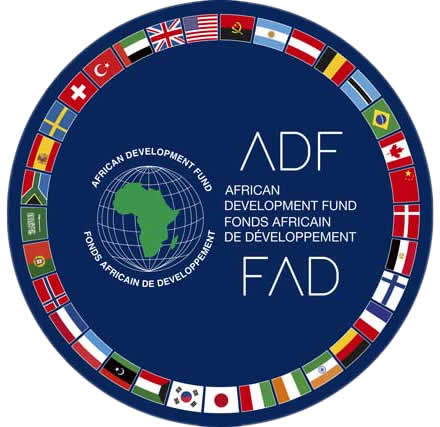The AfDB’s primary goal is to contribute to the economic development and social progress of African countries, individually and collectively.Within this framework, the Bank’s major challenge is the socio-economic development of Africa. To this end, it seeks to stimulate and mobilise domestic and external resources, promote investment, and provide financial and technical assistance to African countries.Since 2000, the AfDB, in partnership with numerous international and development organisations including the United Nations (UN), the World Bank and the International Monetary Fund (IMF), has been committed to assisting and supporting African countries in achieving the Millennium Development Goals (MDGs).

